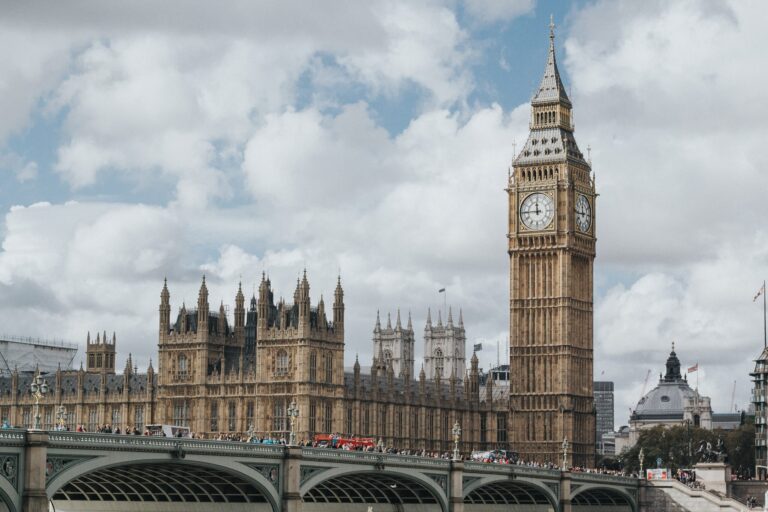London hardly needs introduction. Home to famous sites such as the London Bridge, London Eye, Big Ben, Buckingham Palace, Westminster Abbey, the British Museum, and more, London ranks as one of the most-visited cities in the world. The city holds a deep history stretching back to before 47 AD, when the Romans first established a settlement in what would eventually become the London we know today.
Now, London boasts a population of just under 9 million and exerts a strong influence on nearly every industry, including arts, entertainment, fashion, finance, education, health care, media, science, technology, tourism, and transportation. An epicenter of culture, London is a superb destination for those looking for an array of diverse experiences. Boasting excellent public transportation, a host of specialty cuisines, art and entertainment opportunities galore, and shopping on almost every street, there is truly something for everyone in the U.K.’s beloved capital.
Below, we’ve curated a guide with expert advice on how to best enjoy your trip to London. Read on for more information on the city’s best neighborhoods, cuisines, activities, attractions, and more. And if you don’t have plans to visit but are inspired to, consider our Journey through Britain tour.
- The Basics: Language, Currency, Climate, & Safety
- Getting Around: The Tube
- Food & Cuisine
- 10 Areas to Visit
- 10 Famous Attractions
- Useful Information
- Useful Apps
The Basics
- Language – Naturally, English is the official language of England.
- Currency – England’s currency is the pound sterling (£ or GBP), divided into 100 pence (p.). Bills (or “notes”) come in denominations of 5, 10, 20, and 50. Coins are £2, £1, 50p, 20p, 10, 5p, 2p, and 1p. Visit xe.com for up-to-date exchange rates.
- Climate – The English climate is typically mild and generally rainy and overcast, but weather can vary greatly from hour to hour; the temperature can drop a number of degrees and go from sunshine to rain in a matter of minutes. Average highs linger in the mid-40s Fahrenheit in winter; high 50s and low 60s in spring and fall; and low 70s in summer (though in recent years, summer heat waves have reached as high as the mid-90s). Visit accuweather.com for more climate information.
- Safety – London ranks as the 15th safest city in the world for both residents and visitors. It is still wise, of course, to practice standard safety measures: keep your belongings secure when in public to protect against pickpocketing, avoid being out in unfamiliar areas late at night, and travel with a buddy if possible (and if not, consider frequently sharing your location with loved ones).
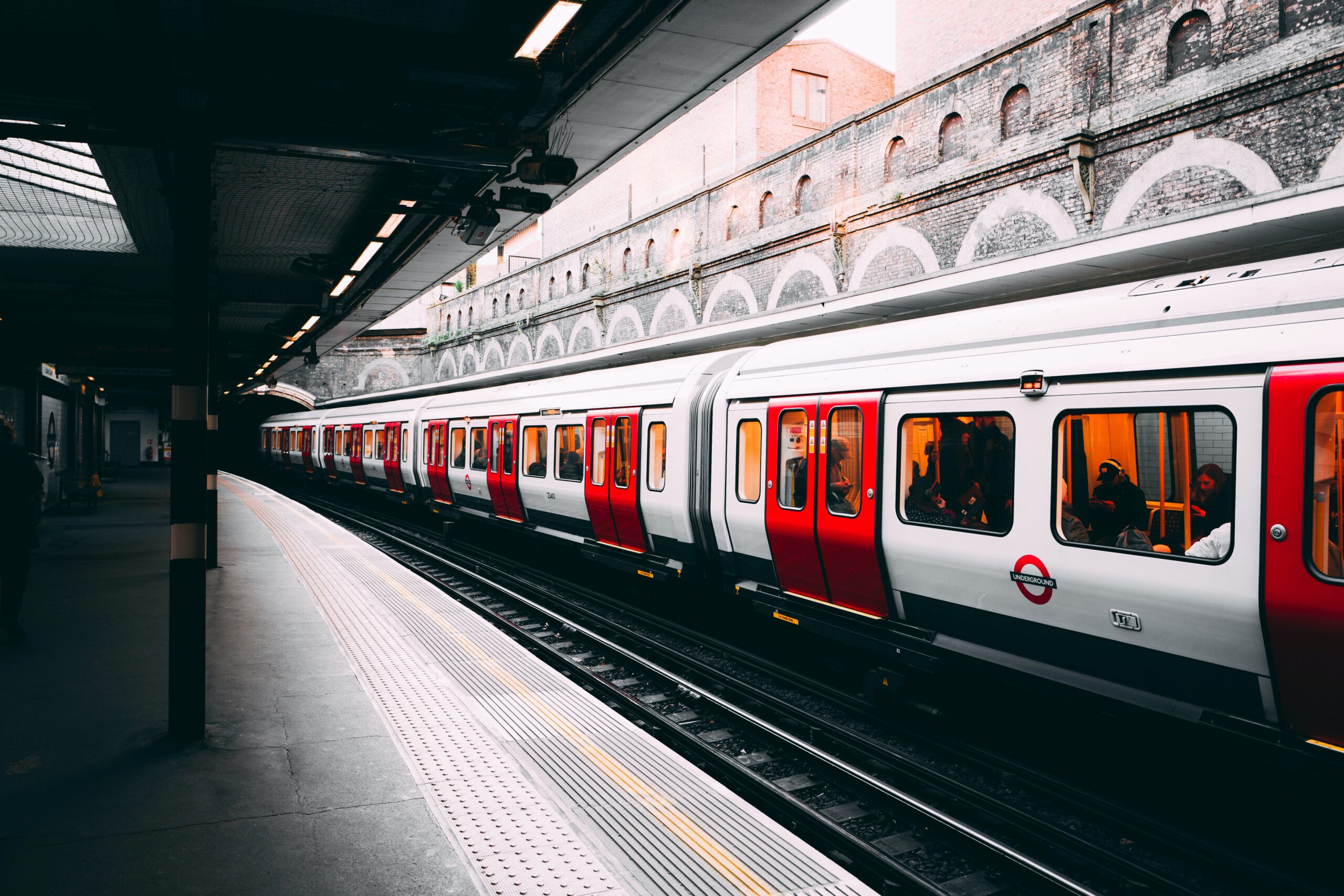
Getting Around: The Tube
No need to hail a taxi or call an Uber; London has one of the largest and most efficient public transportation systems in the world, allowing you to hop between the city’s 32 boroughs with ease. The London Underground, colloquially called “The Tube,” consists of a network of buses and trains.
The easiest way to use the Tube is by purchasing an Oyster card, which you can add money to as needed. The Oyster card works on buses, trains, trams, the London Overground, the Elizabeth line, and most National Rail services inside of London. The best part about London public transport fares is that there’s a daily cap, meaning you will only pay a certain amount per day depending on how many zones you travel through. Once you’ve reached the cap, the rest of your travel for the day is free.
For more information on the London Underground, visit tfl.gov.uk/modes/tube.
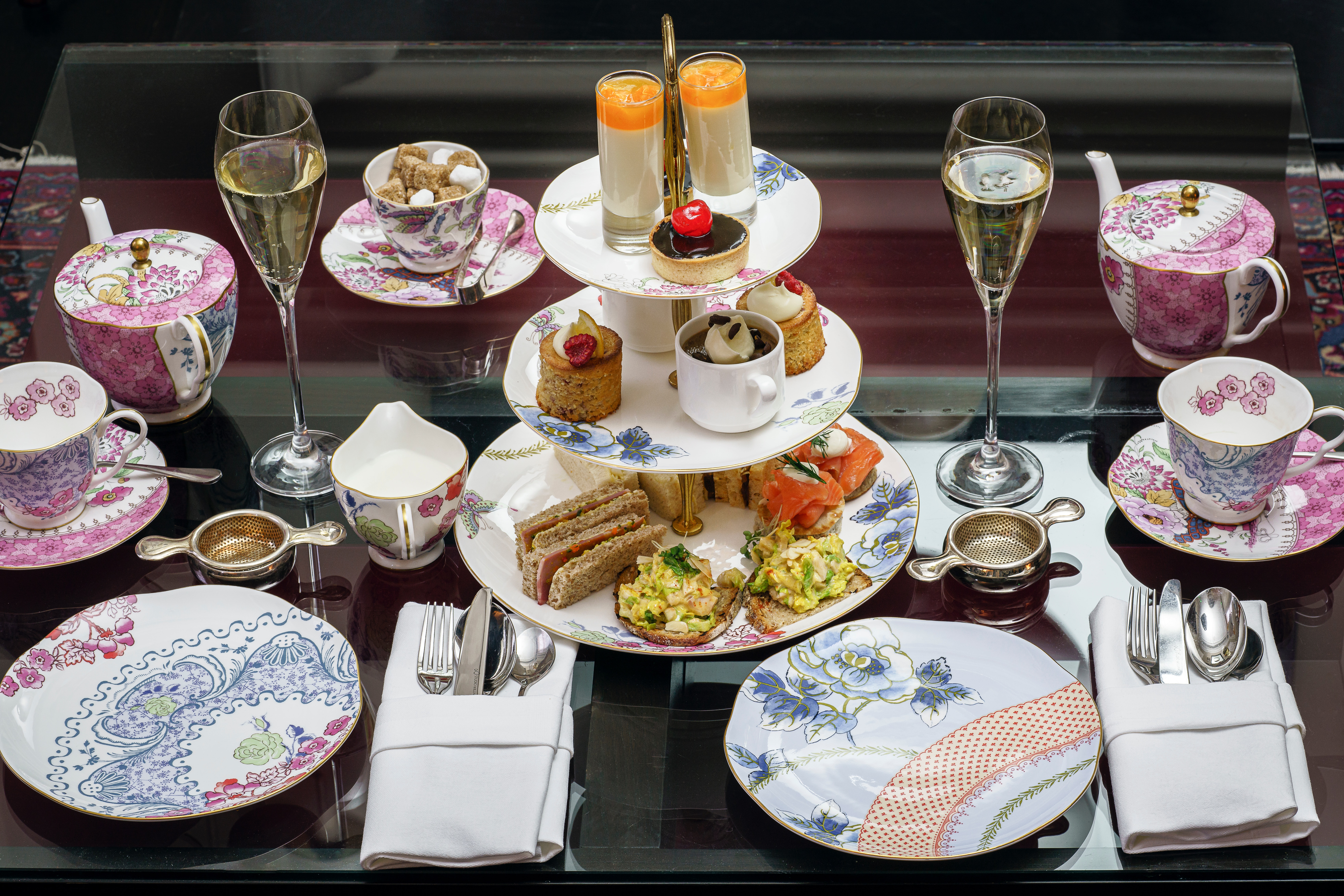
Food & Cuisine
London is home to a vastly multicultural population. The result? Delicious global cuisine of almost any type imaginable. Some of London’s most notable foods include:
- English – Britain has some of its own well-loved famous meals: bangers and mash, English breakfast, Scotch egg, fish ‘n chips, Yorkshire pudding, shepherd’s pie, roast beef, and sticky toffee pudding, for starters. And, of course, you simply must partake in afternoon tea.
- Indian – British Indians form the largest ethno-national group in London, making up about 7.5% of the population, so it is unsurprising that London has become well known for its Indian food.
- Italian – Other European cuisines are certainly a highlight in this cosmopolitan city, and Italian fare is a favorite, with both high-end and family-owned Italian restaurants nestled across London’s map.
- French – Of course, French cuisine is some of the most highly regarded across the globe, and London hosts some of the best authentic French restaurants you can visit outside of France itself.
- Eastern Asian – Chinese, Japanese, Thai, and Vietnamese food have become popular for both “takeaway” and for sit-down restaurant experiences. You can find a variety of sushi, noodles, rice bowls, soups, seafoods, and more in almost every borough of London, but especially in London’s Chinatown.
As for restaurants loved by locals and tourists alike? Try Nando’s, a South African fast-casual chain that specializes in Portuguese style peri-peri chicken. Nando’s has yet to fully “cross the pond” into the U.S. (only four states and the District of Columbia have Nando’s locations), so many U.S. fans make sure to eat their fill in London while visiting.
For more restaurant recommendations in London, visit bestlondonrestaurants.co.uk.
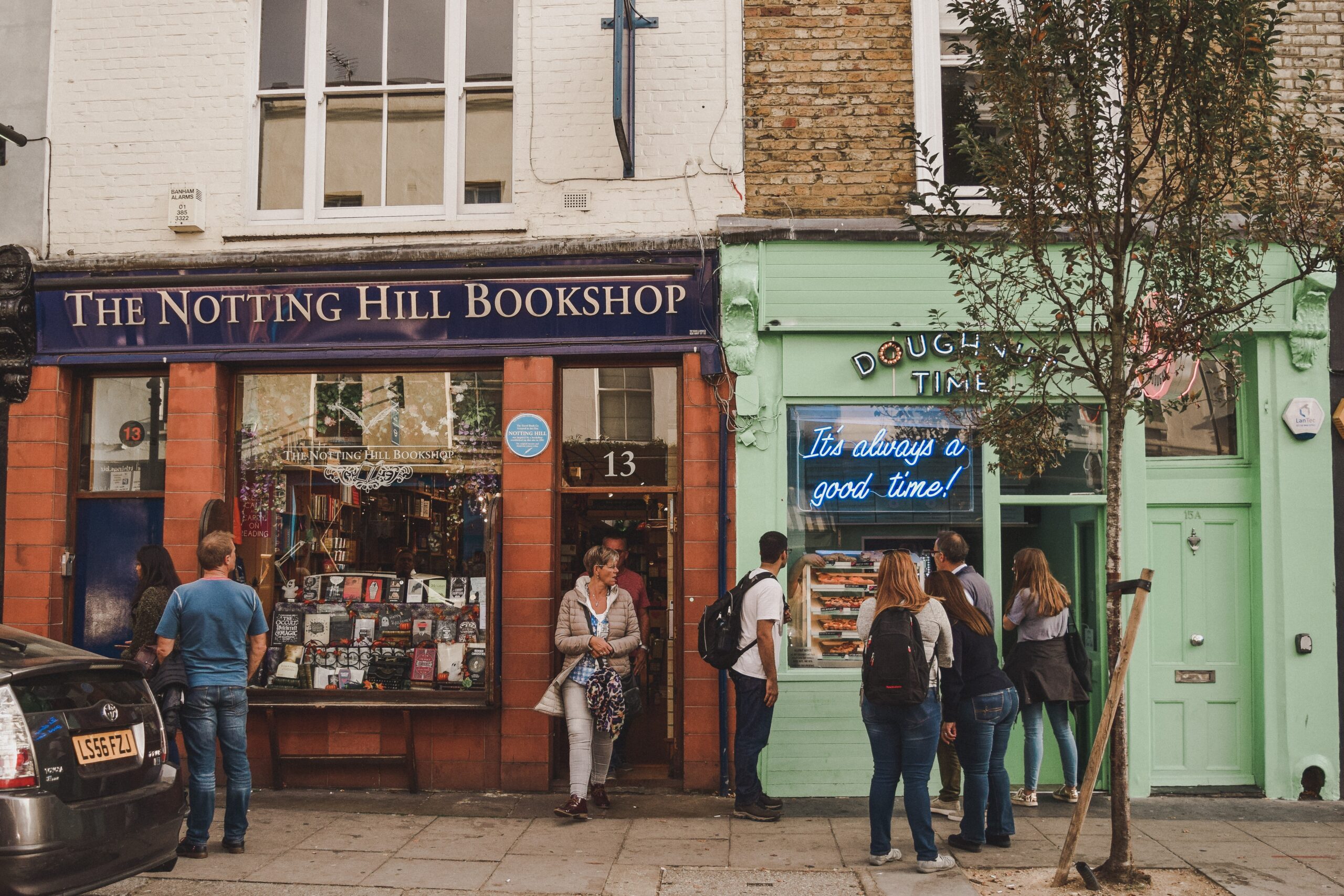
10 Areas to Visit
- West End – This borough makes up London’s theater and art district and encompasses smaller neighborhoods like Soho and Covent Garden. Called “London’s Broadway,” you can find much more than your typical Broadway-style shows here; original plays regularly appear in the theaters that dapple this neighborhood. Note that theater tickets in London are often much less expensive than those you will find in the U.S.; so, if the theater is calling your name, take advantage of the affordable tickets and see a few shows.
- Covent Garden – Established in 1694, this neighborhood and marketplace is centered around the beautiful Piazza, featuring an array of unique shops and restaurants. Covent Garden is also home to St. Paul’s Cathedral and the London Transport Museum.
- Camden Town – One of, if not the, largest markets in London is located here. Visit Camden Market to find a collection of food stands and vintage, fashion, and curiosity shops that stretch underground into the historic former Pickford stables. The cave-like brick stables house a variety of small businesses. Even if you aren’t a shopper, the unique location is a must-see!
- Oxford Street – London’s prime shopping street for high-end, luxury, and brand name fashion, jewelry, electronics, and more. The location greets about half a million visitors every day with hundreds of shops lining the busy mile-long avenue.
- City of Westminster –Westminster is home to many of London’s most famous historic and government sites, including Big Ben, Westminster Abbey, the Parliament House, the Palace of Westminster, Regent’s Park, Hyde Park, and, of course, Buckingham Palace.
- City of London – London’s downtown area mixes Roman ruins with modern skyscrapers, honoring it’s 800-year history while offering a mix of museums, galleries, bars, restaurants, and shopping for you to enjoy. Tower Bridge, London’s most iconic bridge, is also located in this area.
- Notting Hill – One of the most photogenic areas of London is Notting Hill, located in west London. The neighborhood is popularized by one of London’s best markets: Portobello Market, a street of boutiques and cafes lined by pastel storefronts.
- Kensington – London’s wealthiest area is home to a cluster of museums, including the Victoria and Albert Museum, the Science Museum, and the Natural History Museum. You can also visit Kensington Palace and Kensington Gardens here.
- Chinatown – Containing a large East Asian community and many of London’s best East Asian restaurants, bakeries, bars, and cafés, Chinatown also hosts an array of cultural events, including the widely anticipated Chinese New Year celebrations, featuring parades, performances, pop-up shops, and more.
- South Bank – The London Eye is the main attraction of this area, but when you’re done riding the observation wheel, consider visiting SEA LIFE London Aquarium and the pedestrianized Queen’s Walk, a riverside promenade lined with bookshops and cafés.
Of course, this list isn’t exhaustive; for even more areas to visit in London and information on what to do within each of them, visit www.visitlondon.com/things-to-do/london-areas.
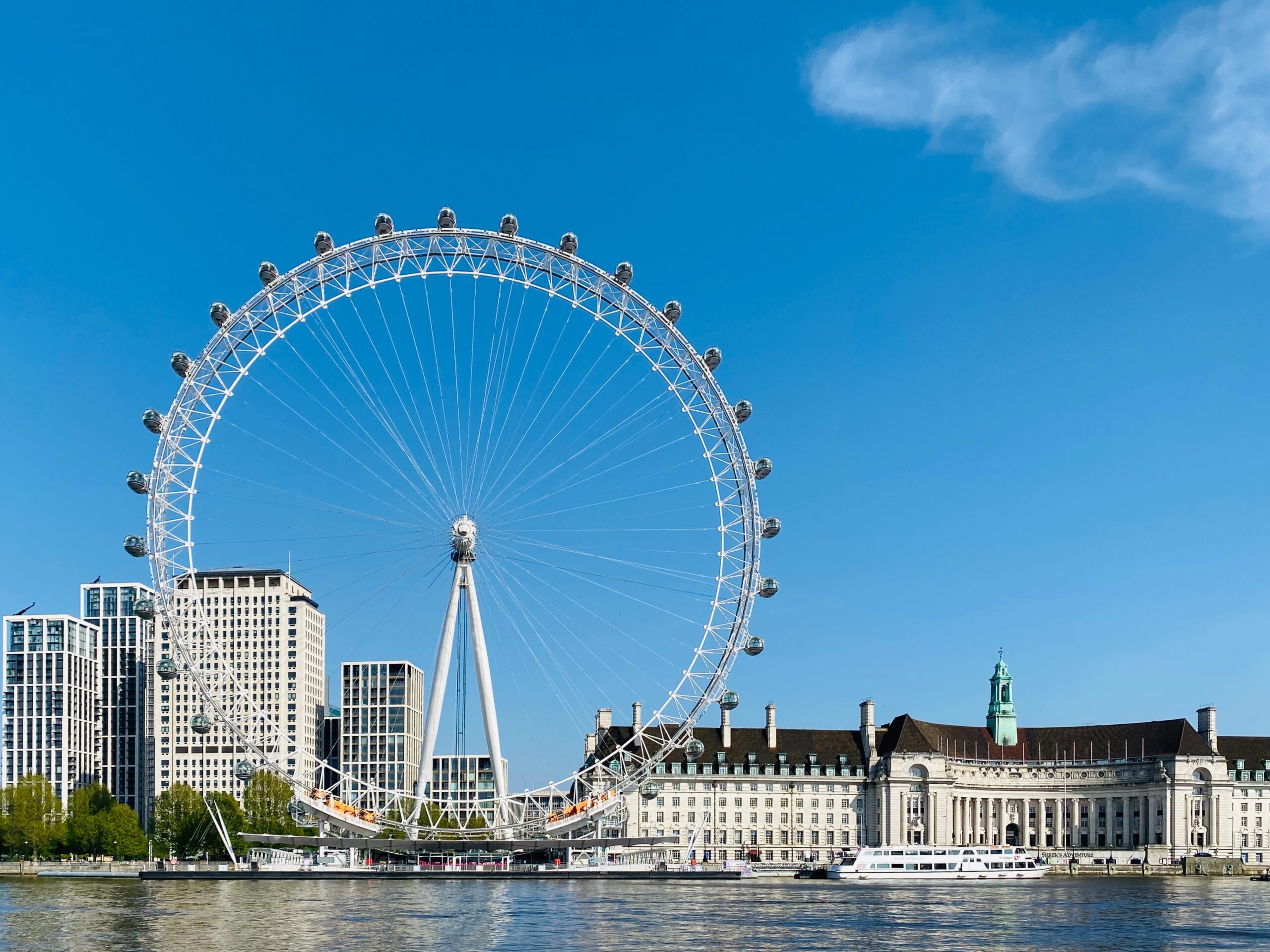
10 Famous Attractions
- Tower Bridge – Ironically, London Bridge is probably not the iconic bridge that comes to mind when you sing “London Bridge is falling down.” Rather, Tower Bridge, a medieval-looking bridge bordered by tall spires, has become the most recognizable of London’s bridges.
- National Gallery – Containing one of the most diverse collections of art in the world, including Botticelli, Raphael, Titian, Rubens, Rembrandt, Cezanne, Monet, Van Gogh, and more, this 2,300-piece gallery should be factored into your travel plans if you enjoy art.
- James Park – This famous park is situated alongside Buckingham Palace and features lovely views of South Bank and of the historic city center.
- Globe Theater – A reconstruction of Shakespeare’s famous playhouse is tucked away in London’s alleyways in the Bankside neighborhood. You can catch a live performance of one of Shakespeare’s plays in this near-perfect replica of the original Globe Theater, which burned down in 1613.
- Buckingham Palace – Of course, this famous residence of the British Royal Family is a primary attraction for many tourists in England. Some rooms of the palace can be entered via a guided tour, or you can simply pose for a photo op near the exterior gates.
- London Eye – The Eye provides the best bird’s-eye views of London (primarily historic Westminster). There is a reason why millions visit the observation wheel every year.
- Paul’s Cathedral – Dating back to 1690, the church still has most of its original stained glass intact and is known for its colorful mosaics and soaring Gothic architecture.
- Big Ben – Though only U.K. residents can tour inside Big Ben, the renowned clocktower provides a host of photograph opportunities with its picturesque surroundings and glowing face.
- British Museum – An anthropological museum organized by era, this museum is one of the better-known in the world for its assortment of attractions and educational exhibitions.
- Westminster Abbey – Located close to Big Ben and famed for hosting the coronations of every British monarch since 1066, the abbey provides daily guided tours for those who wish to venture inside.
The above only scratches the surface of London’s vast list of attractions. Visit www.visitlondon.com/things-to-do/sightseeing/london-attraction for even more ideas.
Useful Information
Though England shares some likenesses to the U.S., you may be surprised to know that there are quite a few cultural differences and social norms to be aware of while “across the pond.”
- Museums are free! Nearly all museums in the U.K. are free to enter, so even if you want to see just one or two art pieces or exhibits, it won’t cost you anything to drop in and do so.
- Cars drive on the left side of the road in England, so make sure you look left (not right!) before crossing the street.
- British English is different from American English, so it’s worth doing a bit of research to make sure you are not left confused by unfamiliar terminology. For example, asking for a “trash can” in England may result in being pointed to a restroom (instead, “rubbish,” “basket,” and “bin” are more commonly used in England). For a list of common British slang, visit britain-visitor.com/british-culture/british-slang and www.ymtvacations.com/travel-blog/british-words-phrases-americans-dont-understand.
- In London, plan to tip around 10-15% (sometimes the average tip is lower in other areas of England). For taxis and public transport, smaller tips are accepted. Note that some restaurants add an automatic tip to your bill (called the “service charge”); if this is the case, you do not need to add an additional tip.
- In train stations, stay to your right when standing or walking slowly on stairs and in hallways to allow others to pass you. When riding escalators, stay to the right when standing. Walking slowly or standing on the left side is seen as a great annoyance.
- Remove your backpack or shoulder bag and hold it in front of you when on the Tube, especially on a crowded bus or train.
- Be alert and don’t be afraid to take up space when moving through crowded areas. London is somewhat infamous for its lack of sidewalk etiquette (despite the strict rules regarding the Underground). If you bump into someone accidentally, quickly apologize and move on; otherwise, stay moving in busy areas and if you need to stop or slow down, divert as far to the right as possible before doing so.
- When eating out, waitstaff will often not bring you the bill at the end of your meal without prompting, as it is seen as rude. Instead, if you are ready to pay your bill, you must signal your waiter and ask them for it.
- Don’t be offended if a stranger does not smile back at you. Compared to Americans, Londoners and English people in general tend to be more private and distant when interacting with strangers. Don’t mistake this for rudeness or aloofness; it’s just a difference in social norms. There’s no need to smile at strangers when passing by or making eye contact; some Londoners may even find this behavior off-putting. And when making small talk with English people, discuss shared interests, travels, favorite books/TV shows/movies, sports, and the like; asking about work, family, and friends could be perceived as overly prying.

Useful Apps
TfL Oyster – Refill and manage your Oyster card on the go.
TfL Go – Maps, routes, live updates, and more for London’s Underground.
Citymapper London – Similar to Google maps, but customized for London travelers.
Tube Map – A map of the London Underground with live updates, alerts, and more.
OpenTable – Easily find restaurants and reserve tables online.
Visit London – The City of London’s official app for tourism.
Stagedoor – One-stop-shop for finding and purchasing theater shows in London.
TodayTix – Find the best prices for same-day theater tickets.
London Pass – Full of area guides, attraction opening hours, and more, while allowing you to purchase tickets in-app for over 80 attractions, experiences, and tours.
